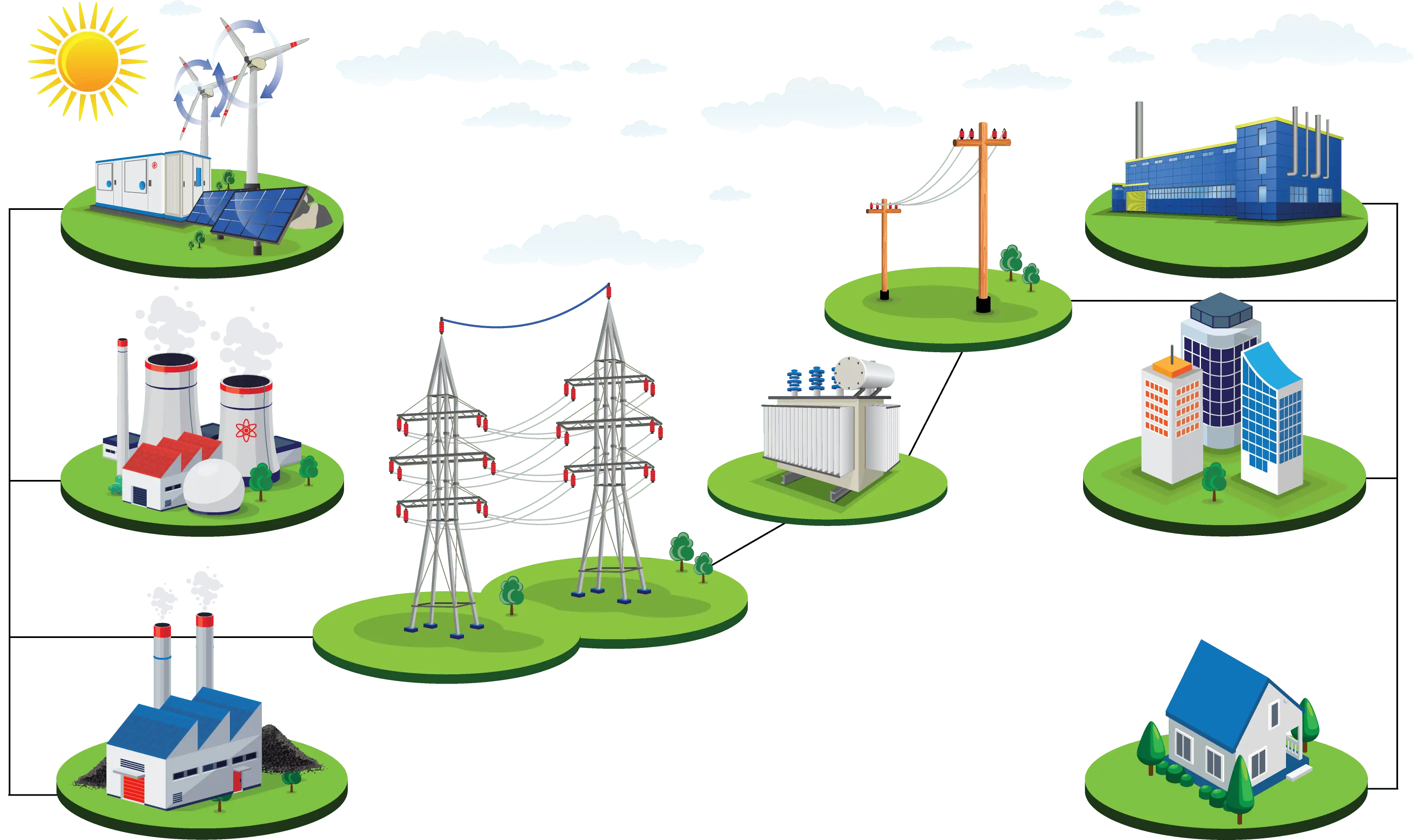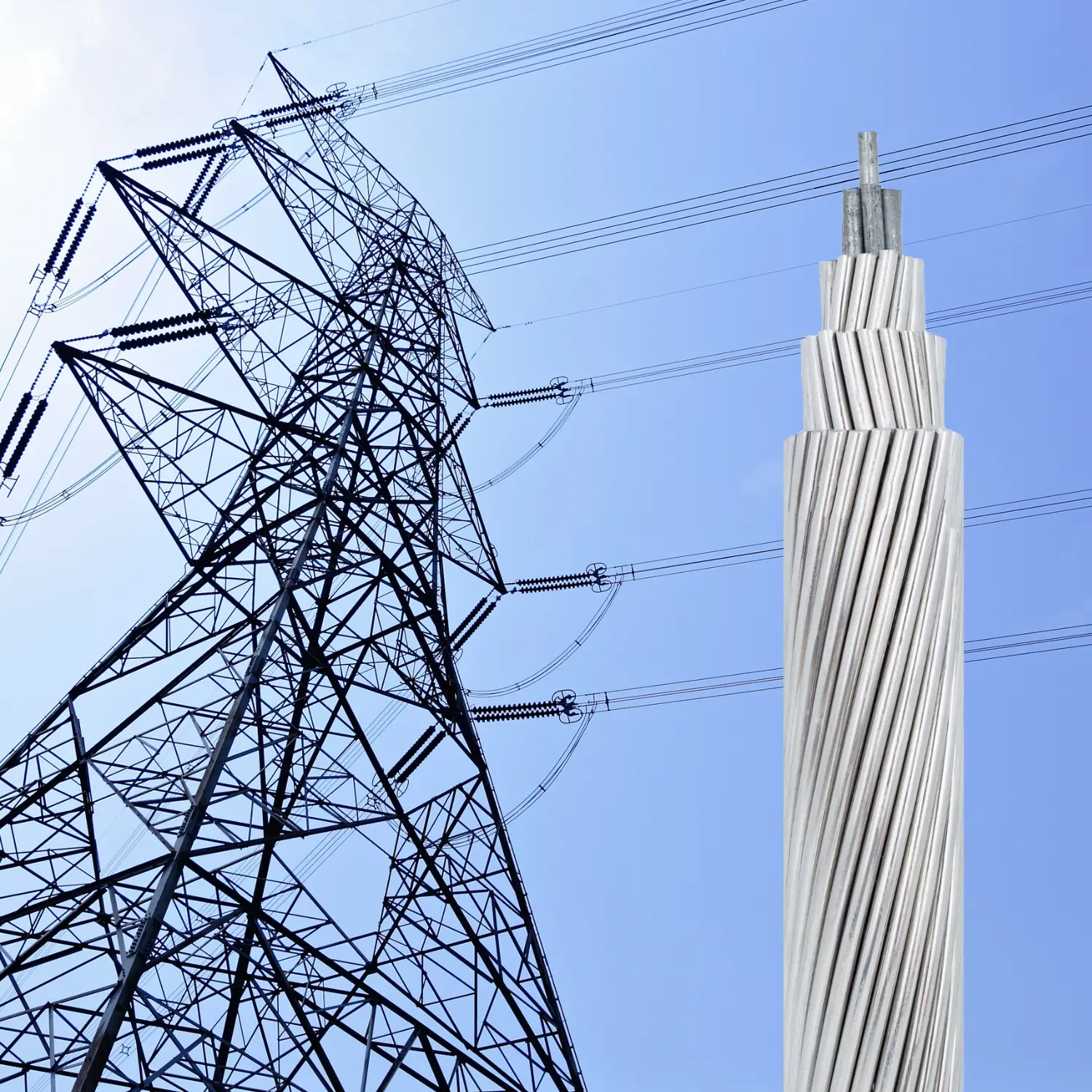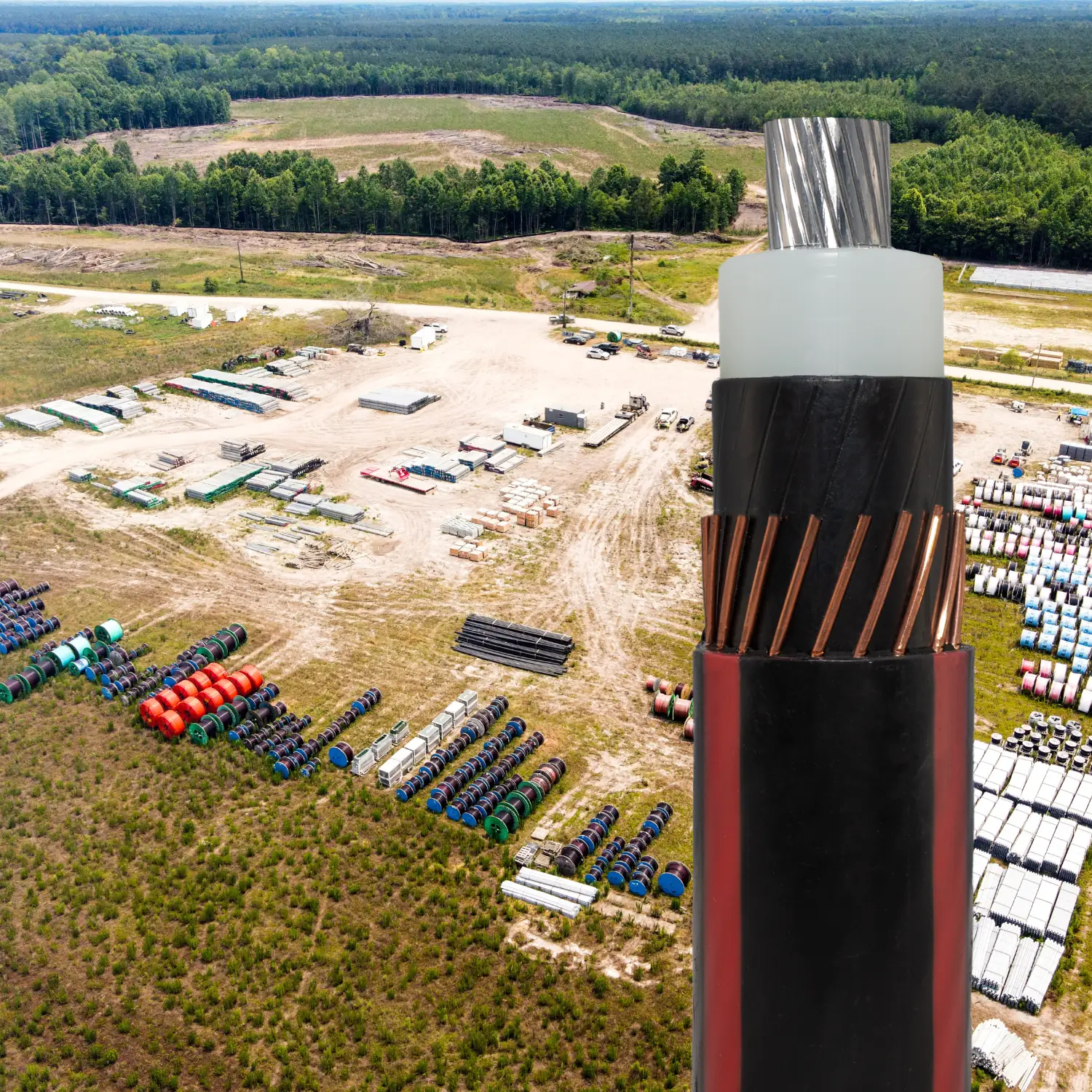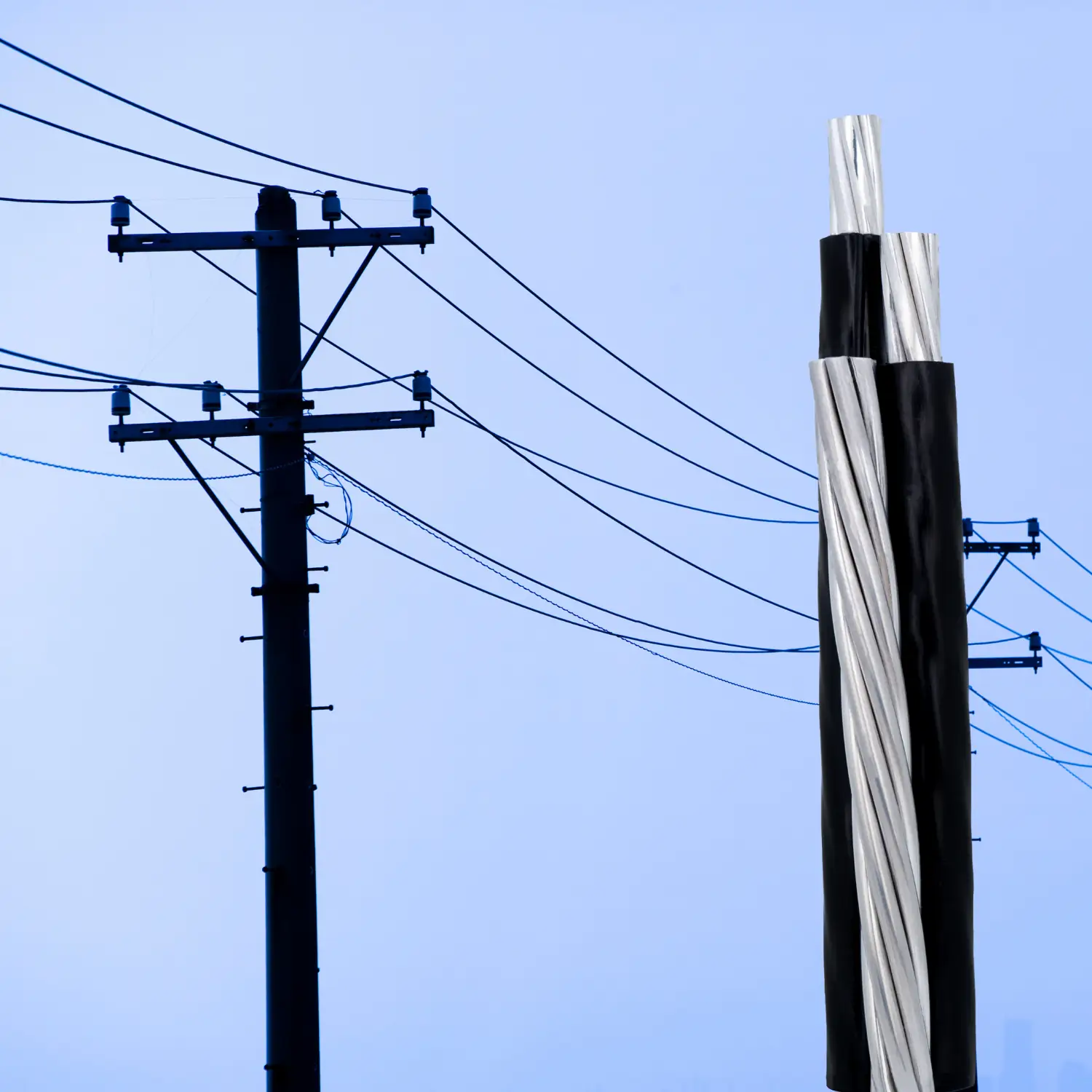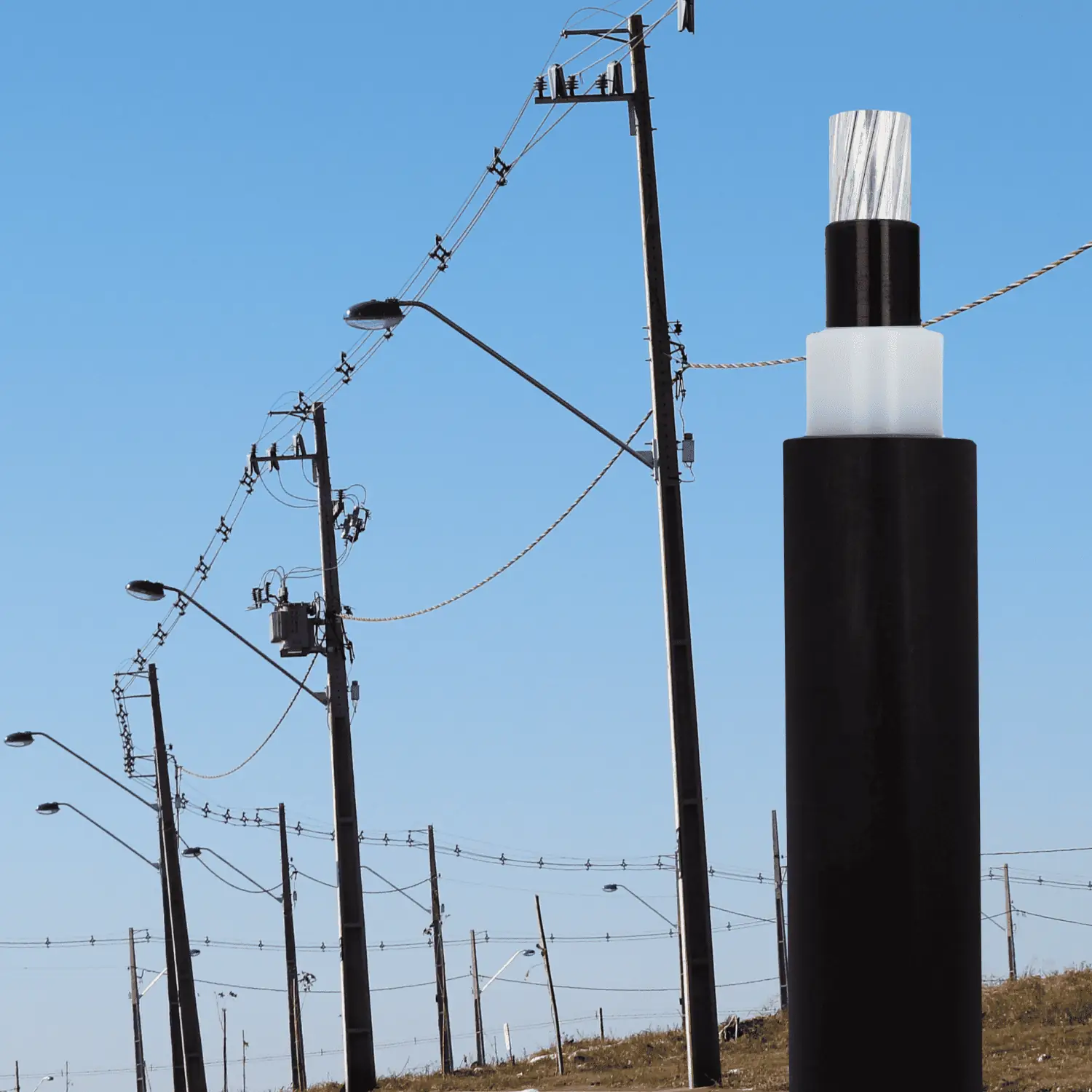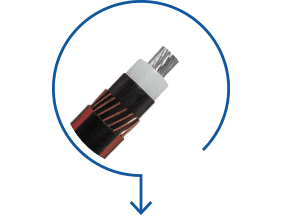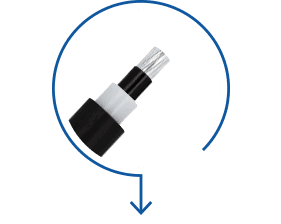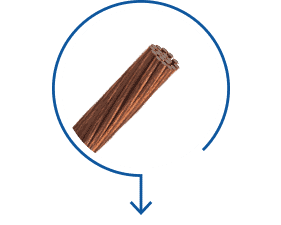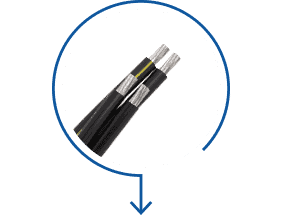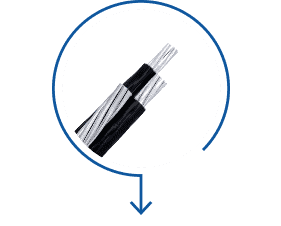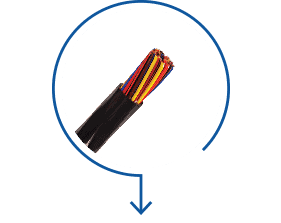Utility
Power utilities, also known as electric utilities or electricity providers, play a vital role in modern society by supplying electrical energy to homes, businesses, and industries. These organizations are responsible for generating, transmitting, and distributing electricity across a given region or country.
Power utilities typically operate a complex infrastructure of power plants, transmission lines, substations, and distribution networks to ensure a reliable and continuous supply of electricity to consumers. They employ various energy sources, including fossil fuels, nuclear power, renewable energy, and increasingly, sustainable options like wind and solar. Power utilities also undertake maintenance and upgrades to infrastructure, invest in research and development, and actively manage the power grid to maintain stability and meet growing demand. As our reliance on electricity continues to grow, power utilities play a crucial role in delivering this essential resource for modern life.
Wire & Cable for Power Utilities
Wire & cables play a crucial role in the functioning of these power utilities. Here are several reasons why they are important:
Electrical Transmission: Power utilities are responsible for transmitting electricity over long distances, from power generation plants to distribution centers and end-users. High-voltage overhead transmission lines, typically made of conductive wires, carry large amounts of electricity efficiently. These transmission lines are vital for delivering power from generating stations to substations, ensuring a reliable supply to consumers.
Distribution Networks: Power utilities utilize cables to distribute electricity within local communities. Underground cables are commonly used for this purpose, as they offer advantages such as reduced visual impact, improved safety, and protection against weather conditions. These distribution networks rely on cables to transport electricity to residential, commercial, and industrial areas.
Grid Infrastructure: The power grid requires extensive infrastructure to operate effectively. Wires and cables connect various components of the grid, including transformers, switchgear, circuit breakers, and distribution panels. They enable the flow of electricity and help maintain the balance between supply and demand, ensuring that power is delivered safely and reliably.
Reliability and Safety: High-quality wires and cables are essential for maintaining a reliable and safe electrical supply. They are designed to carry specific voltage levels and current capacities, minimizing power losses and preventing overloads or electrical faults. Proper insulation and shielding protect against electrical leakage, reducing the risk of electrical shock and fire hazards.
Expansion and Upgrades: Power utilities often need to expand their infrastructure to accommodate growing energy demands or incorporate renewable energy sources. Wire and cable systems allow for the integration of new power generation facilities and the establishment of interconnections between different parts of the grid. They provide the necessary connectivity for future upgrades and modifications.
Maintenance and Repair: Over time, power utilities may need to repair or replace aging or damaged cables. Regular maintenance and inspections help identify potential issues, ensuring the reliability of the electrical network. Timely replacement of worn-out or faulty cables helps prevent power outages and minimizes disruptions to consumers.
Efficiency: The choice of appropriate wire and cable types can significantly impact the overall efficiency of the power system. Low-resistance conductors reduce energy losses during transmission and distribution, leading to more efficient power delivery. Optimal cable sizing and selection minimize voltage drops, ensuring that electricity reaches consumers without significant losses.
In summary, wire and cable are vital components for power utilities, enabling the transmission, distribution, and efficient supply of electricity while ensuring reliability, safety, and the ability to adapt to changing energy needs.
Utility Wire & Cable
At AWG, we provide utility wire and cable solutions for a diverse range of applications, including power transmission, distribution and electrical vehicle infrastructure. We supply an extensive selection of the materials required to build or rebuild, maintain, and strengthen the electrical grid.
We have decades of experience delivering the reliable products that the utility industry requires. As the United States’ largest source of utility wire and cable, we stock all of the wire and cable solutions, including hardware, accessories, equipment and more.
Types of Utility Wire & Cable Utility
- Bare Overhead
Bare Overhead
Bare aluminum conductors are used as bare overhead transmission cables and as primary and secondary distribution cables.
AWG carries all major bare aluminum constructions including ACSR, ACSS, AAC, AAAC, and more. Our bare aluminum conductors meet or exceed applicable ASTM specifications
We also offer:
- Medium Voltage
Medium Voltage
AWG’s PowerGuard® Medium Voltage underground power cables are a vital component of modern electrical distribution systems, seamlessly delivering electricity in the range of 15 kV to 35 kV to residential, commercial, and industrial areas. PowerGuard® cables are designed to be buried beneath the ground, offering numerous advantages such as reduced visual impact, enhanced safety, and protection from environmental factors .Typically insulated with materials such as cross-linked polyethylene (XLPE) or ethylene propylene rubber (EPR), these cables ensure efficient power transmission while minimizing the risk of electrical leakage and interference.
- Overhead Service Drop
Overhead Service Drop
A service drop cable is a multiple conductor neutral supported cable assembly designed to carry power from a pole mounted transformer or other secondary conductors to the building.
These cables are installed overhead and are rated 600 volts. They are rated 75 degrees Celsius for polyethylene insulated conductors or 90 degrees Celsius for cross-linked polyethylene insulated conductors.
AWG offers overhead service drop cables in Single, Duplex, Triplex, Quadruplex configurations
- Tree Wire or Spacer Cable
Tree Wire or Spacer Cable
Used for primary and secondary overhead distribution where limited space is available or desirable for rights of way. Installed as an uninsulated conductor; however, covering is effective in preventing direct shorts and instantaneous flashovers should tree limbs or other objects contact conductors in such close proximity. The resulting close-proximity configuration minimizes the amount of space and hardware required for line installation; particularly useful in congested areas such as alleyways or tight corridors.
AerialGuard® Cable Systems (Tree Wire and Spacer Cable) are intended for use in overhead primary and secondary distribution systems rated 15 kV, 25 kV and 35 kV (nominal) typically where space is limited. Other constructions for other system voltage ratings are available upon request. We offer both thermoplastic (LLDPE, MDPE, and HDPE) and thermoset (XLPE) covering systems.
Hardware & Accessories
In addition to our cable and wire offerings, AWG stocks an extensive assortment of the materials needed to build and maintain electrical grids, including:
- Transformers
- Tree wire or spacer cable hardware
- Inverters
- Switchgear MV Accessories
- T&D Pole Line Hardware
- Safety Equipment
- And more
Emergency Response Management Services
When emergencies happen, AWG responds immediately. Our team will work with you around the clock until service has been fully restored. We deliver in days, not weeks, and specialize in locating hard-to-find items. We offer fast assistance to emergency response teams, ensuring they have the electrical hardware and custom cables they need to resolve the problems they’re experiencing. Our national network of warehouses and distribution centers is another key aspect that sets us apart. No matter where in the country you’re located, our facilities in California, Texas, Florida, Pennsylvania, and Puerto Rico ensure your product arrives in days, not weeks. Customers in the utility industry don’t just require reliable products, they also need a supplier who is ready with swift assistance when emergencies happen. As a one-stop vendor for cable and wire services, we offer full lifecycle support for projects of all types and can help you lower your material costs. To learn more about our products, browse our online catalog or contact our team with any questions.


